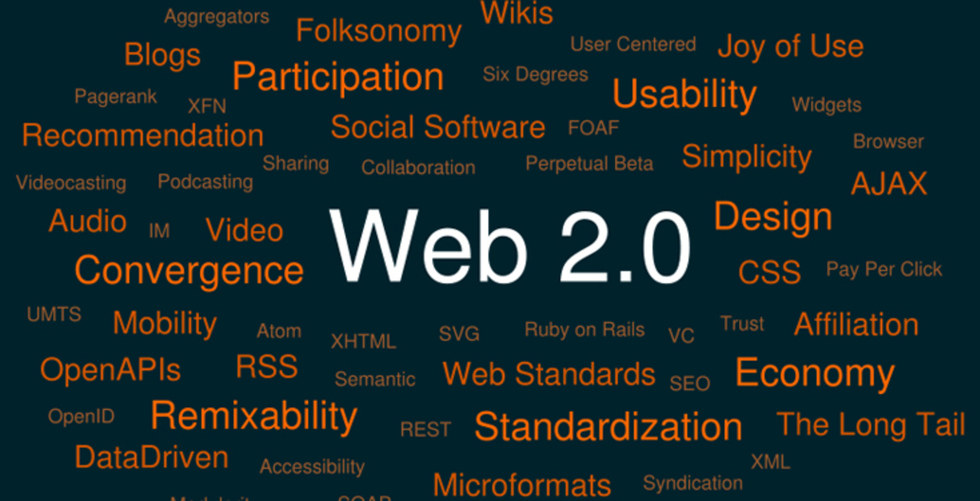
BY CHRIS DORR |
Beauty and the Geeks: The Blind Side of Hollywood
Hollywood celebrates outer beauty. It needs to discover and embrace its inner geek.

Every year, just before the Academy Awards are held, the Motion Picture Academy finds a beautiful young actress (such as Jessica Biel, Scarlett Johansson or Charlize Theron) to host the luncheon for the Academy’s Scientific and Technical Awards. These awards cover technologies like new advances in 3D camera design, software for improving postproduction workflows or technical improvements in film sound technology.
To capture the luncheon for posterity, all the winners gather as a group behind the beauty and get their picture taken. Then the beauty shows up at the official Academy Award ceremony to let the world know that this has all taken place.
This awards luncheon is a perfect metaphor for Hollywood’s attitude toward technology. Let’s acknowledge it, but not on the main stage. Give the a geeks a beauty to make them happy, give them a little taste of glamour but just over lunch, not on Academy Awards night, where the real action happens.
And when you dig a little further, you find there is much more to discover about Hollywood’s uneasy relationship with technology. Because though the technical and scientific achievements that receive awards may be worthy, they are insignificant when you compare them to the technological advances that Hollywood has not given even one award. These other technologies exist on the blind side of Hollywood.
They are also dramatically shaping the future of film.
The people formerly known as the audience
In 2006 Jay Rosen wrote a blog post that captured the fundamental shift that digital technology has enabled over the past 15 plus years. He wrote:
The people formerly known as the audience are those who were on the
receiving end of a media system that ran one way, in a broadcasting pattern,
with high entry fees and a few firms competing to speak very loudly while
the rest of the population listened in isolation from one another-- and who
today are not in a situation like that at all…The people formerly known as
the audience are simply the public made realer, less fictional, more able,
less predictable.
Traditionally, moviegoers have been passive consumers, waiting to get the studio message about the latest movie they should see—and then simply going to see it.
Not anymore.
Now, moviegoers are increasingly active participants in every part of the movie ecosystem. They can and often want to be involved in funding, creating, producing, distributing, marketing and critiquing movies. This shift impacts every aspect of the movie process, from soup to nuts. No part of the movie process is exempt—I repeat, none.
An alternative technical award universe: Not So Far, Far Away
What if we imagine the technical awards the movie industry might have handed out over the past 10 years if it had actually understood this massive shift?
Here is a small list of technologies that would have been strong candidates. Now imagine further what could have been said when the awards were presented.
World Wide Web—a distribution platform that can be accessed in every part of the globe that will vastly expand the audience for movies.
Google—a service that will give every moviegoer the ability to search for the movies they want and find out where to get them.
YouTube—a way to share videos with your friends and the world that can capture the best parts of movies and build a larger movie audience.
Netflix—a recommendation engine that increases the number of movies the consumer wants to see and a streaming service that delivers movies to every screen a consumer owns.
Facebook and Twitter—two powerful word of mouth platforms that help consumers spread the word about the movies they enjoy to their friends and their friends’ friends.
Foursquare—a check-in service that enables moviegoers to let their friends and their friends’ friends know where and when they are attending a new movie release at their local theater.
IndieGoGo and Kickstarter—two platforms that enable the people formerly known as the audience to directly fund movies.
iTunes, iPhone and iPad—devices and software that allow people to buy and experience movies whenever they want and wherever they are—all with the simple touch of a finger.
All consumers are active participants because of these technologies. And there is much more on the way that will continue to reshape the movie creation and viewing environment.
Important questions to ask
Will Hollywood embrace these technologies and the new status of the audience as an active participant? Or will it tell itself that the genii should be placed back in the bottle and the old consumption model maintained?
Will it continue to insist that technology only deserves to have lunch with a beauty?
Or will the movie studios realize that any technology that empowers the people formerly known as the audience deserves a front row seat at the main awards event and most importantly, a central role in their business?